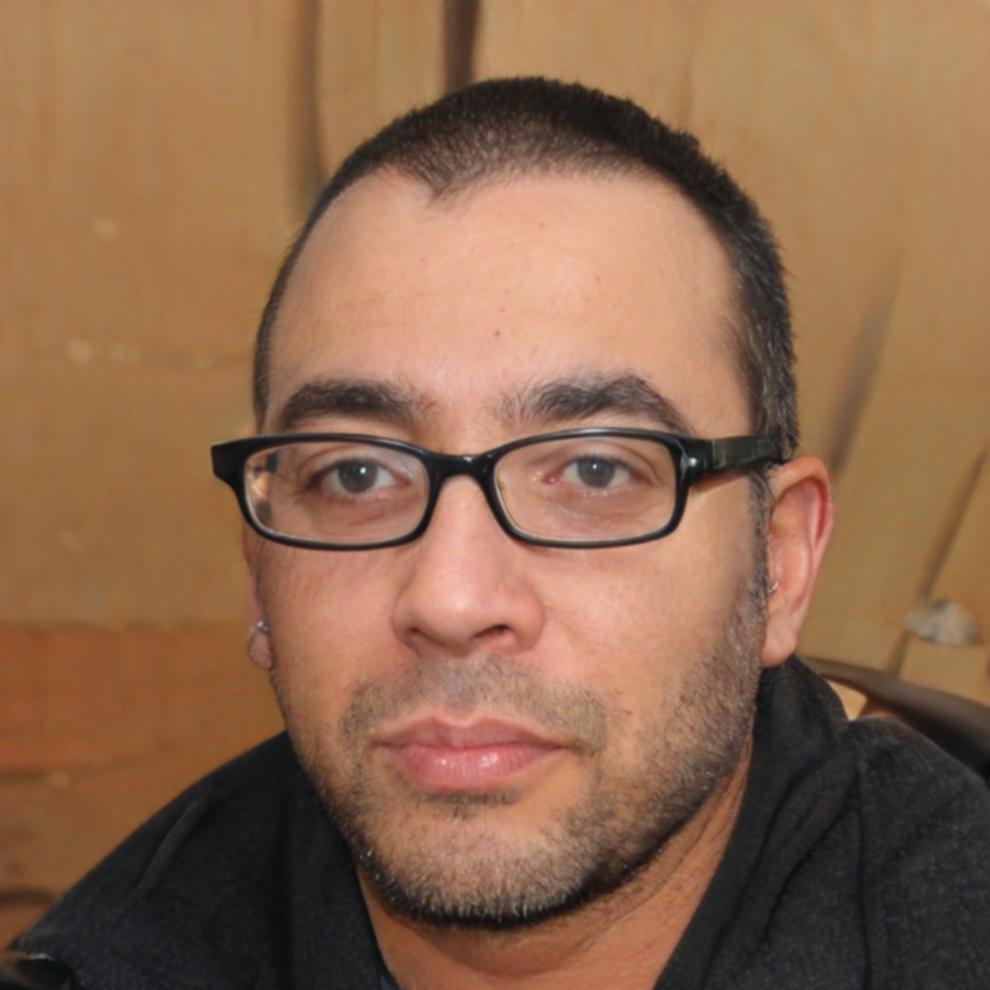How They Got Here
Most students start in September 2025 or February
2026. The first month is usually uncomfortable. You're learning budget terminology while
simultaneously building your first forecasting model.
Around week six, something clicks. People stop asking
"what formula do I use" and start asking "which approach makes sense for this business."
That shift matters more than any technical skill.
By month four, students are working with actual small
businesses in the Reading and Wokingham area. Real budgets with real consequences. Some
projects succeed beautifully. Others reveal gaps in planning that need fixing. Both teach
you more than any textbook exercise.


